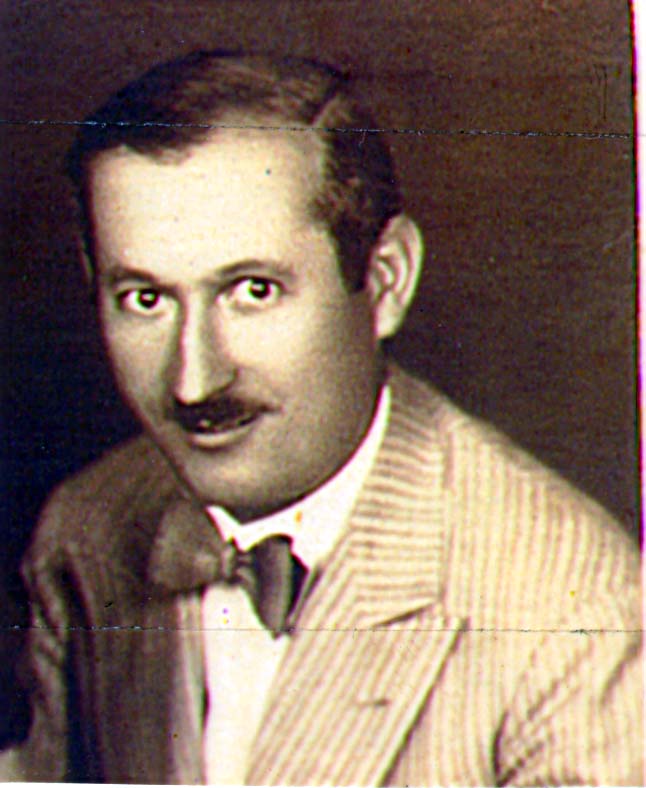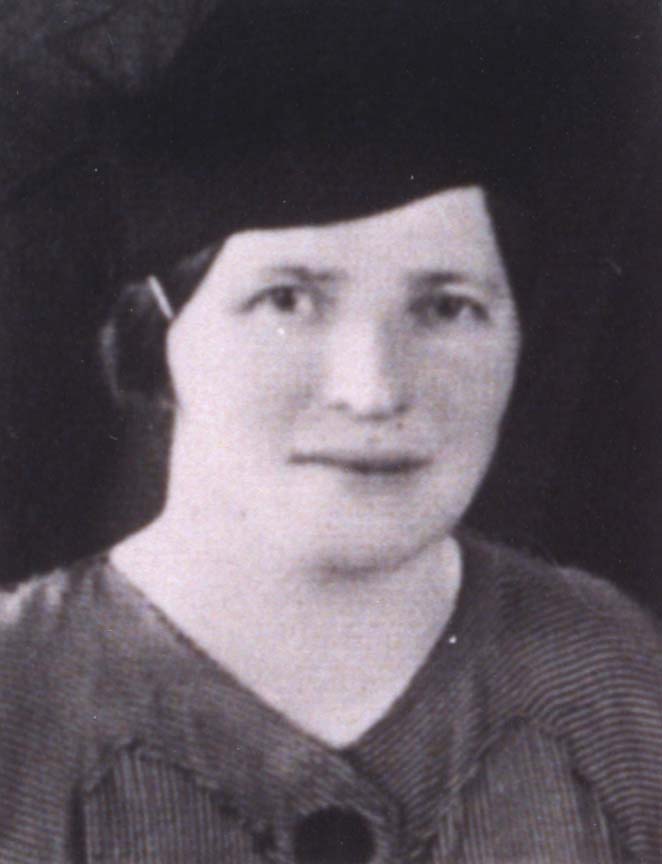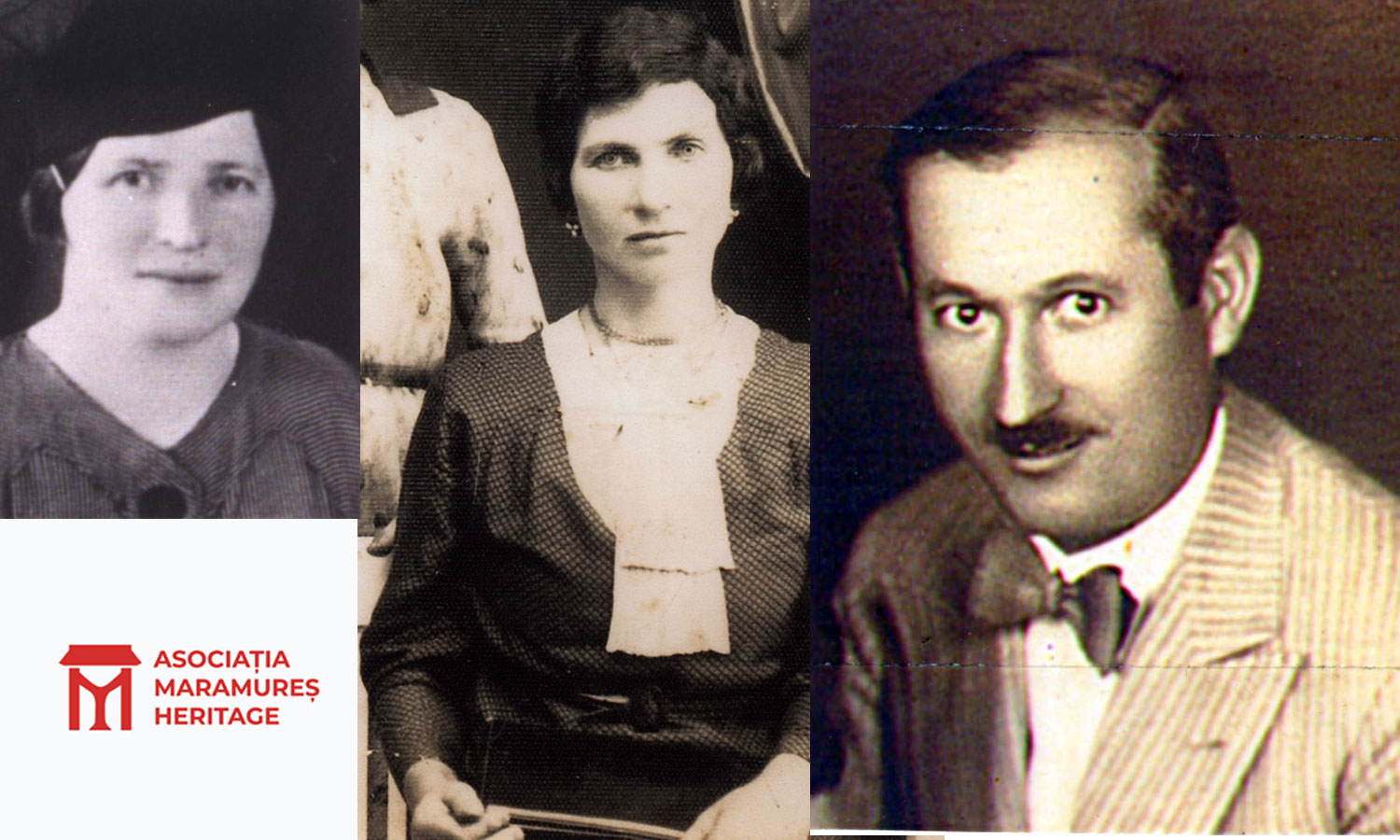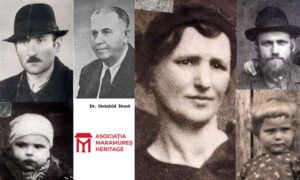Comunitatea evreilor din Desești, Maramureș
Primii evrei au ajuns în sat în anul 1730. La recensământul din 1735 este menționat un evreu pe nume Baruch Markez. Avea o soție și doi copii mici. Deținea un cal și o vacă. A plătit 10 florini taxe de închiriere pe an. Se afla sub protecția nobilului local Pop Istvan.
În 1930 aici trăiau aproximativ 91 de evrei.
Aparent, în ciuda dimensiunii mici a așezării evreiești din Desești, un număr impresionant de intelectuali evrei locuiau acolo. Registrele Chevra Mishnayos (grupul de studiu Mișna) din 1924 au fost păstrate și sunt în posesia Reb Yosef Halpert din Tel Aviv.
Membrii comunității locuiau în mai multe sate ale zonei (Crăcești(Mara azi), Hărnicești,), dar marea majoritate a membrilor locuiau în Deseşti.
Sinagoga, construită înainte de Primul Război Mondial, a fost din piatră.
Majoritatea evreilor din aceste sate aparțineau de comunitatea hasidică din Sighet.
Evreii din Deseşti îşi câştigau traiul cu iscusință. Sursele primare de trai erau magazinele și crâșmele, precum și unele meserii. Unul dintre meseriași, cizmarul Shimon Ganz, confecționa cizme pentru toate satele din zonă.
La sfârşitul lunii aprilie 1944 autoritățile naziste maghiare au transferat evreii din Deseşti în ghetoul din Berbeşti, iar de aici au fost transferaţi în ghetoul Sighet, apoi deportaţi la Auschwitz.
Astăzi în Deseşti nu mai trăiesc evrei. Sinagoga există, dar s-a transformat într-un magazin.
A deszei zsidó közösség, Máramaros megye, Románia
Az első zsidók az 1730-as években érkeztek a faluba. Az 1735-ös összeírások egy Baruch Markez nevű zsidót említenek. Felesége és két kisgyermeke volt. Sőt volt neki egy lova és egy tehene. Évente 10 Florin adót fizetett. A helyi nemes Pop István védelme alatt állt.
1930-ban körülbelül 91 zsidó élt itt.
A deszei zsidó település kis mérete ellenére jelentős számú tudós élt ott. A Chevra Mishnayos (Mishna-tanulmányi csoport) -1924-es könyveit megőrizték és az Reb Yosef Halpert birtokában vannak Tel Avivban.
A közösség tagjai a környék több falujában éltek (Krácsfalva, Hernécs), de a közösség központja és a tagok többsége Deszében lakott.
Az első világháború előtt kőből épült a zsinagóga .
E falvak zsidói közül szinte mindegyik a szigeti haszid közösség tagja volt.
A deszei zsidók könnyedén keresték megélhetésüket. A megélhetés elsődleges forrásai az üzletek és kocsmák, valamint a kereskedések voltak. Az egyik kereskedő, Shimon Ganz cipész, csizmát készített a környék összes falujának.
1944 április végén a deszei zsidókat a náci magyar hatóságok a Bárdfalvi gettóba innen pedig a Szigeti gettóba szállitották őket, majd Auschwitzba deportálták.
Ma Deszén nem élnek zsidók. A zsinagóga áll, de üzletté alakitották át.
The Jewish community from Desești, Maramureș county, Romania
The first Jews reached the village during the 1730s. In the census of 1735, a Jew named Baruch Markez is mentioned. He had a wife and two young children. He owned a horse and a cow. He paid 10 Florin of lease fees per year. He was under the protection of the local nobleman Pop Istvan.
In 1930 here lived about 91 Jews.
Apparently, despite the small size of the Jewish settlement in Desht, a notable number of scholars lived there. The ledgers of the Chevra Mishnayos (Mishna study group) from the years -1924 have been preserved, and are in the possession of the collected Reb Yosef Halpert in Tel Aviv. The members of the group lived in several villages of the area (Cracest, Hornicest, Şugatag, and others), but the center and heart of the group, as well as the majority of the members, lived in Deseşti.
The synagogue, built before the First World War, was built of stone.
Almost all of the Jews of these villages were Sighet Hassidi.
In general, the Jews of Deseşti earned their livelihood with ease. The primary sources of livelihood were from shops and inns, as well as from desirable trades. One of the tradesmen, the shoemaker Shimon Ganz, would make boots for all the villages of the area.
At the end of April 1944, the Hungarian nazi authorities transferred the Jews of Deseşti to the Berbeşti Ghetto, from where they were transferred to the Sighet Ghetto, and then deported to Auschwitz.
Today, there are no Jews in Deseşti. The synagogue stands, but it has turned into a consumers’ cooperative.







